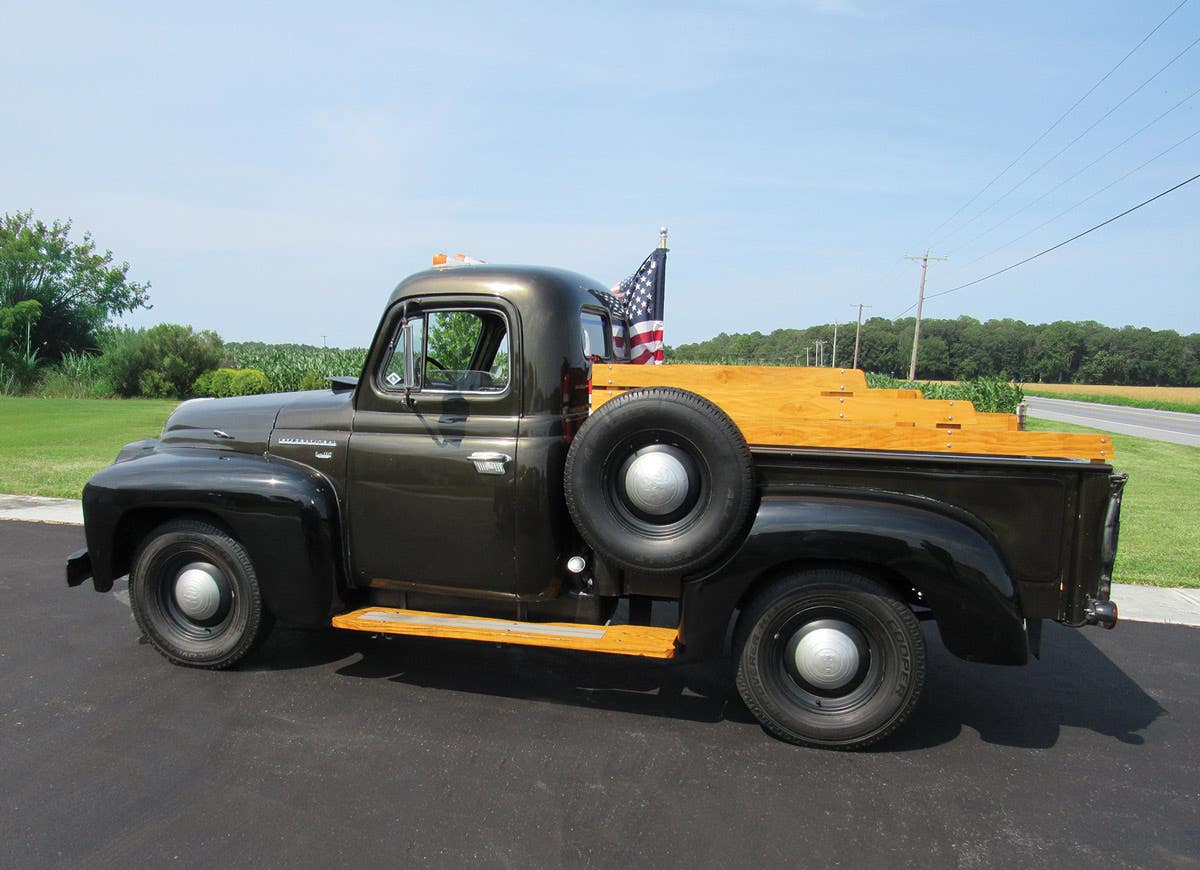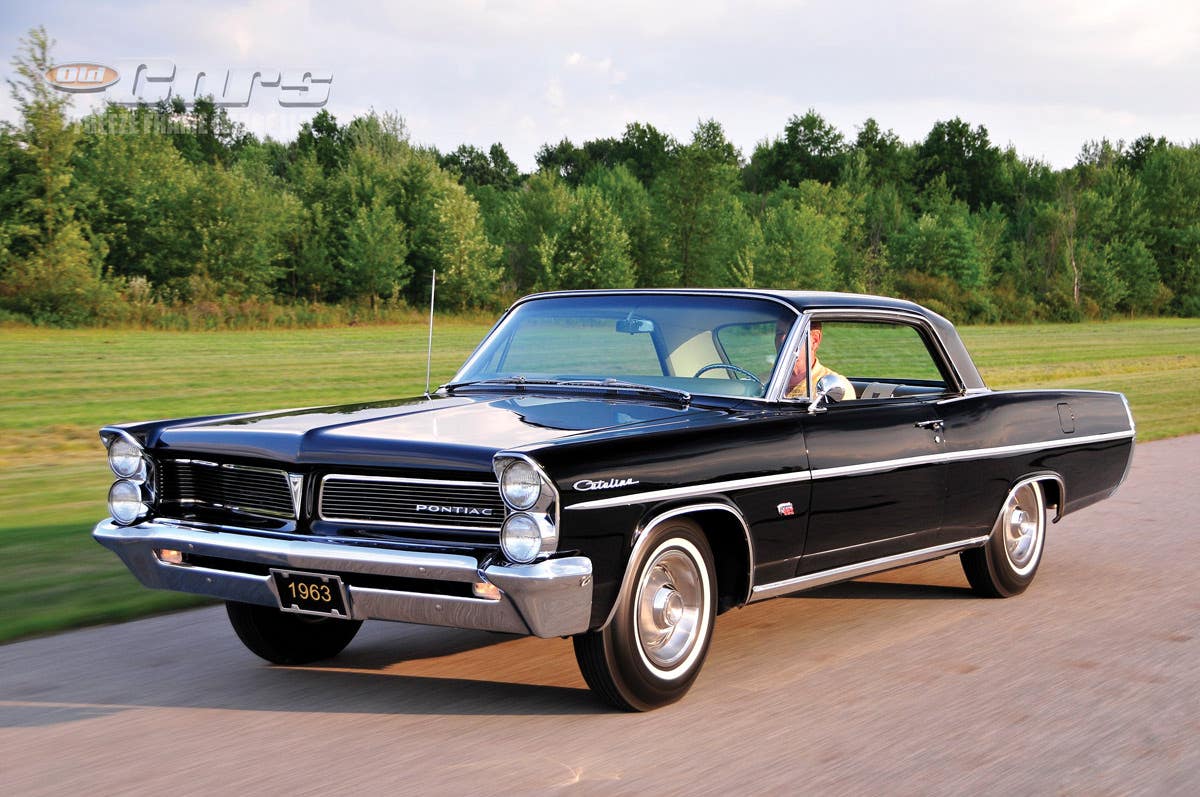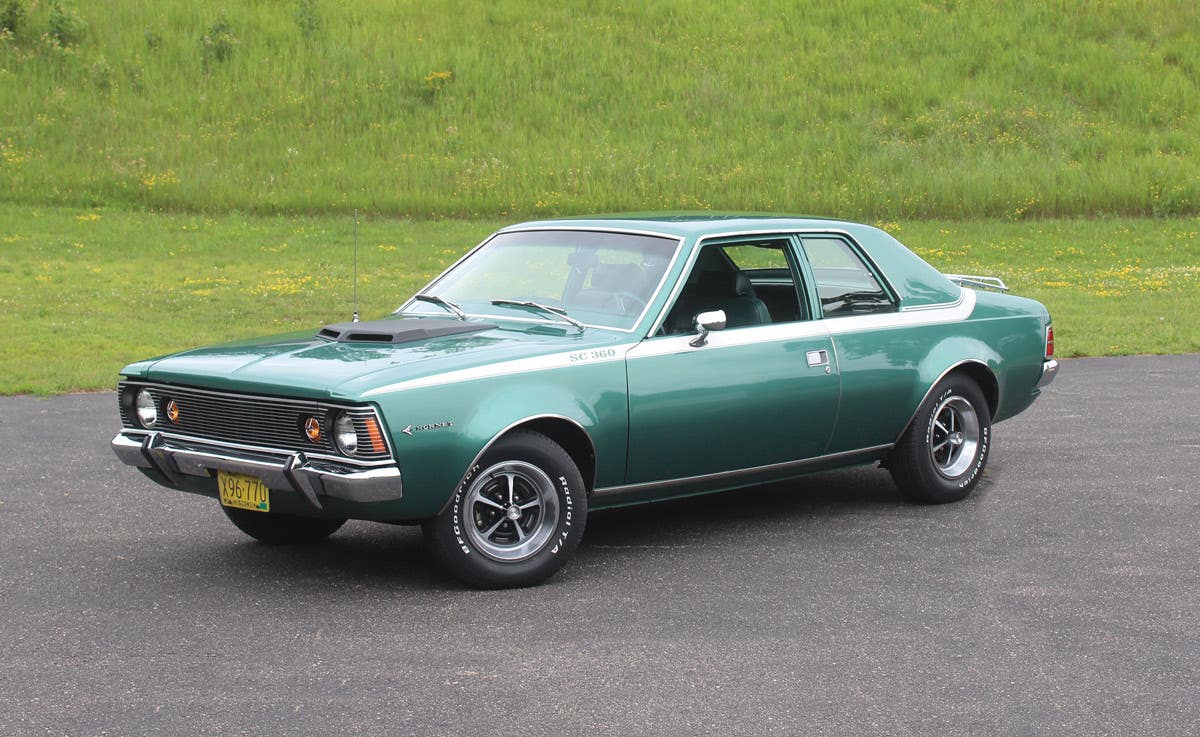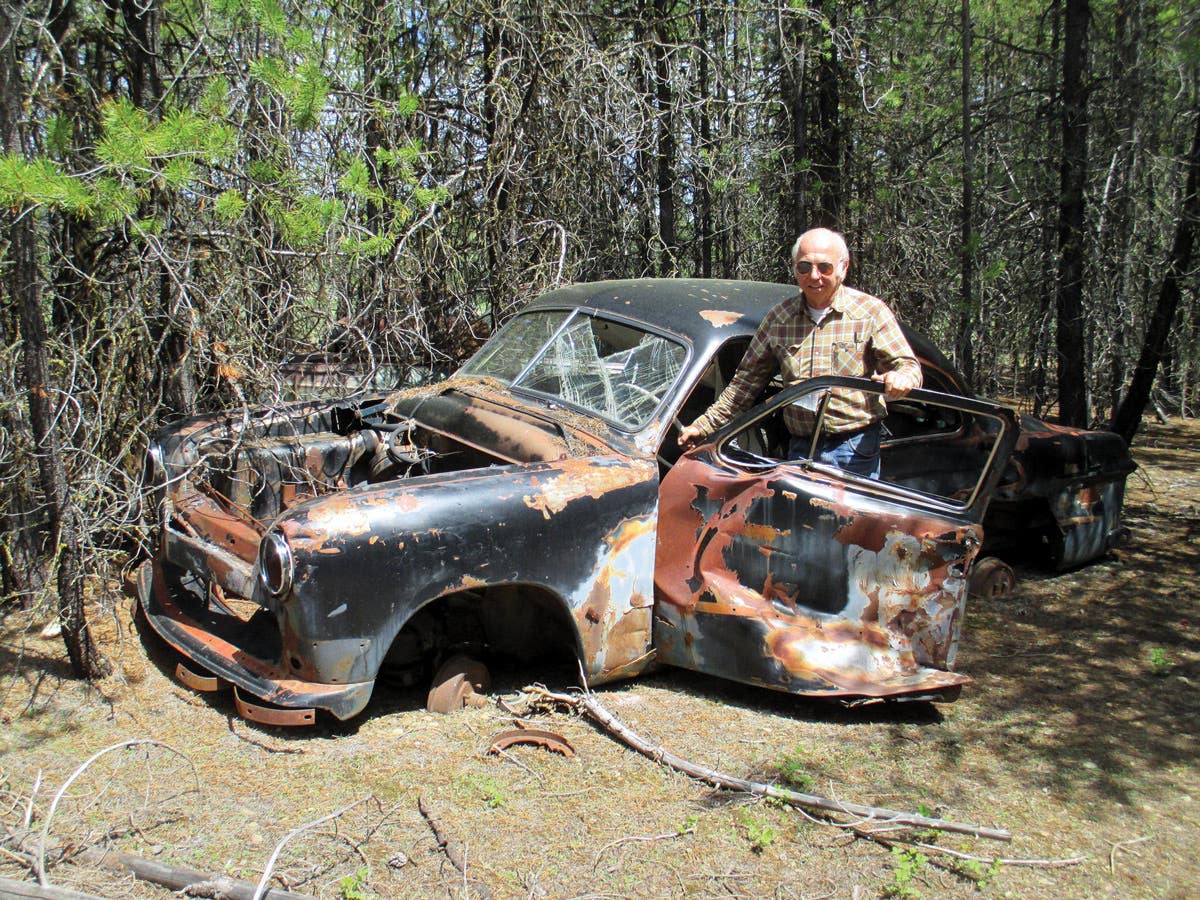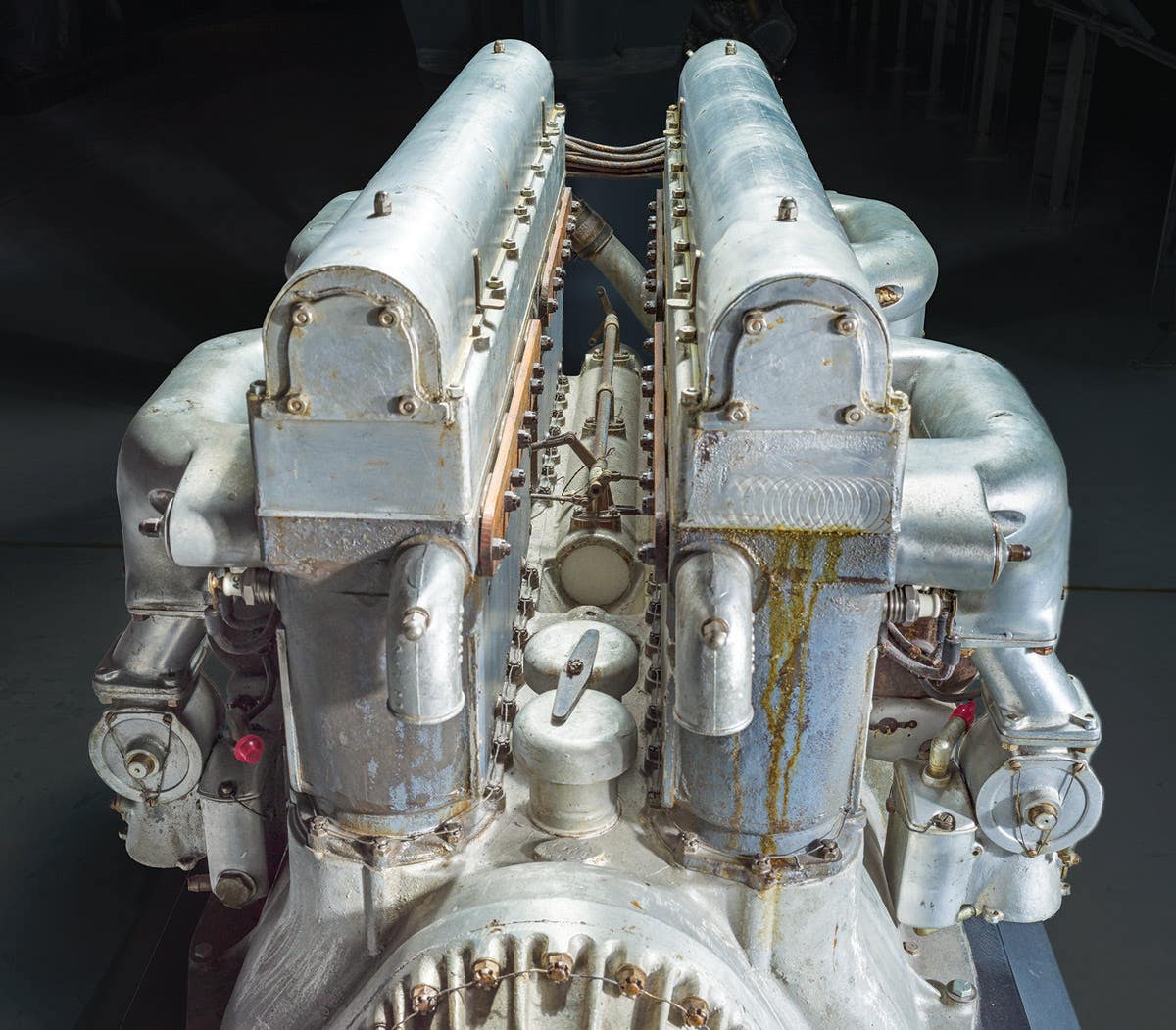Q&A with Kit Foster: February 7, 2013
Q. I recently purchased these headlights. The only writing I can find on them is on the inside of the glass on the reflective base. It says “The American Flatlite…
Q. I recently purchased these headlights. The only writing I can find on them is on the inside of the glass on the reflective base. It says “The American Flatlite Company (Flatlite Standard Cintio).” On top of both headlights appears to be a large letter “G.” I would like to learn more about them, and the year and make of the car they were made for. The elderly gentleman I purchased them from said that he believed they originally went on a 1921 Rolls Royce, but was not totally sure.
Gary Lawing, Tampa, Fla.
A. I was pretty sure the key to identity is the “G” prominently stamped at the top of each bezel. However, a quick scan of the spotter’s guides and the Standard Catalog of American Cars 1805-1942 didn’t bring me any closer to a conclusion. I sent the photo off to Donald Axelrod, whose Headlight Headquarters in Lynn, Mass., has been dealing in lights and parts for several decades. He was quick to pinpoint Gardner, and suggested the year was around 1925. I had considered Gardner a likely suspect, but had been unable to make a match. Emboldened by his counsel, I spent more time looking at Gardner photos, and soon came up with a 1926 model wearing those same lights. Regarding 1925, Don said “That year, there must have been some dispute with the glass manufacturers or the safety standards. A lot of cars used clear window glass instead of a lens with a pattern. I’d like to know if anyone out there knows ‘the rest of the story’.” These lights seem to have light-spreading grooves in the reflectors, rather than a patterned lens. I wonder if that was a short-lived attempt at a “better idea.”
-------------------------------------------------------------
Q. Regarding the responses to dim bulbs in a Mustang dashboard: the issue of dielectric grease on battery posts was mentioned. I applaud your answer that dielectric grease is for the outside of the battery posts and not to be used between post and cable. I’ve also seen many shops and do-it-yourselfers put wheel bearing grease or a substance such as Vaseline over the battery cables to slow corrosion. Those methods work well but there is a drawback; many times while working under the hood a person will lean across the battery and get that grease on their hands or, worse yet, their clothing. A method I’ve used to prevent corrosion is to spray a varnish over the battery cables after installation. A couple of generous coats keeps moisture and corrosion at bay but when dry leaves no greasy residue. Work can be done around the battery with no concern about a mess. I always keep a can of spray varnish handy in the garage for that purpose.
Stan Wilkins, Flagstaff, Ariz.
A. Yes, the insulating nature of dielectric grease is frequently misunderstood. I have used chassis grease to forestall corrosion on exposed battery terminals, and I’ve also soiled hands and clothing as a result. Thanks for the hint on spray varnish. I’ll try it out.
-------------------------------------------------------------
Q. I can identify with the Iowa gentleman who reported trouble finding a replacement HVAC blend door actuator in his 1991 Lincoln Town Car (Q&A Jan. 3). As the owner of a 150,000-mile, 1997 model Livery Package Town Car who had to replace this very same component at tremendous cost at 69,247 miles in July 2003, I recorded the part number as SPO-F6VZ-19E616-AA. I can confirm it’s distressingly common in these cars for a penny-sized plastic gear inside this assembly to get stripped, so an annoying clicking or banging noise starts emanating from behind the dashboard as the blend door unsuccessfully attempts to switch between cold and heated ductwork. The challenges involved in finding and replacing this component, which include removing the dash pad and unbolting the steering column, are well detailed in an article by Bill Nawrot in the March-April 2012 issue of Lincoln & Continental Comments, publication of the Lincoln and Continental Owners Club. He advises wisely that anyone who plans on keeping their 1990s Town Car should get themselves a spare just in case.
Gregg D. Merksamer, Warwick, N.Y.
A. Readers will recall Gregg’s byline on many OCW articles in recent years. He sent a copy of Nawrot’s article from the club magazine, which explains the installation. It is rather complicated. You don’t have to remove the dashboard, but it (and the steering column) must be unfastened and moved back to gain access. Unfortunately, it looks like that part fits only 1993-97 Town Cars (and 1995-97 Crown Vics and Grand Marquis). An online search for the corresponding part for a ’91 Town Car told me I could order one for local pickup. The quoted price was $63.99, TechSmart part number J04008.
To submit questions to this column: E-mail angelo.vanbogart@fwmedia.com or mail to: Q&A, c/o Angelo Van Bogart, 700 E. State St., Iola, WI 54990-0001.
Got Old Cars?
If you don't subscribe to Old Cars Weekly magazine, you're missing out on the only weekly magazine in the car hobby. And we'll deliver 50 issues a year right to your mailbox every week for less than the price of a oil change! Click here to see what you're missing with Old Cars Weekly!
More Resources for Car Collectors:
- Classic car price guides, research, books, back issues of Old Cars Weekly & more
- Get expert restoration advice for your classic car
- Get car pricing, data and history all in one place
- Sign up for Old Cars Weekly's FREE email newsletter
- Need to buy or sell your classic car? Looking for parts or memorabilia? Search our huge online classified marketplace



